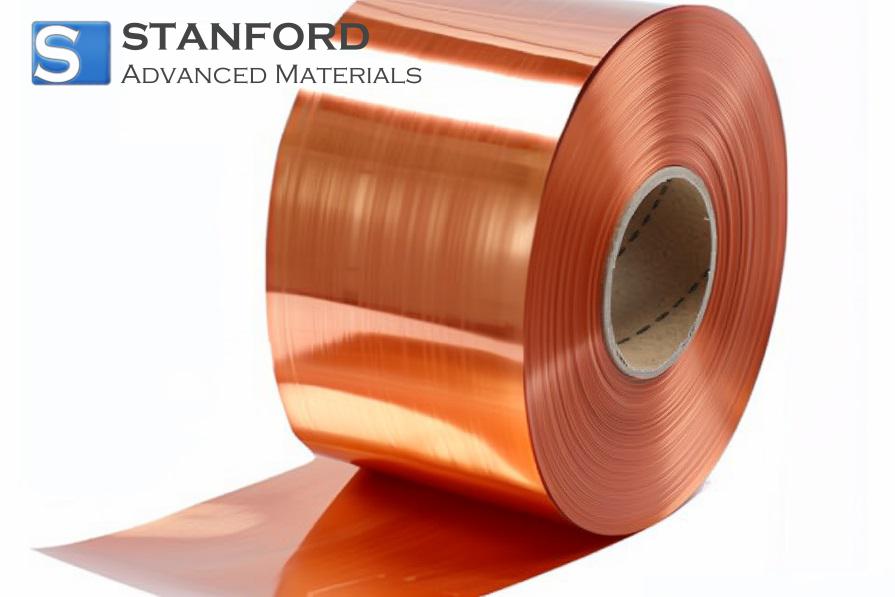Graphene For The Advancement Of Biotelemetry
Graphene shows increasing utility in nanotechnology and is nearing its potential for medical applications. Recently, a research group from the Pacific Northwest National Laboratory (PNNL) developed the smallest battery in the world.
The construction of a battery the size of a grain of rice represents a significant technical achievement in biotelemetry. This battery is partly composed of fluorinated graphene and has been successfully employed to track the development of salmon in rivers. The addition of fluoride to graphene enhances its electrochemical properties, thereby enabling it to maintain higher voltages. It also permits more efficient discharge. The sensors used in previous experiments operated only briefly and cannot track the fish throughout their migration.
Jie Xao, one of the PNNL engineers, designed the graphene-based microbattery. The battery was assembled layer by layer and then rolled into a compact form. The layers served as separators between a lithium-based anode and a layer of fluorinated graphene. This method maximised the electrodes' surface area without increasing the battery's size. The battery can power a 744-microsecond signal, transmitted every three to five seconds, for approximately one month. Developing such a microbattery required three years of work by Z. Daniel Zeng's group.
This technology provides a practical solution for monitoring specific aspects of patient health, for external medicine applications, and for implantable medical devices. Typically, current devices do not operate long enough to supply the required capacity. Consequently, the fluorinated graphene-based microbattery developed by a team at the Pacific Northwest National Laboratory (PNNL) may address these issues.
If this microbattery is further developed into a reliable component of medical devices, patient internal condition monitoring could become more convenient and efficient.

 Bars
Bars
 Beads & Spheres
Beads & Spheres
 Bolts & Nuts
Bolts & Nuts
 Crucibles
Crucibles
 Discs
Discs
 Fibers & Fabrics
Fibers & Fabrics
 Films
Films
 Flake
Flake
 Foams
Foams
 Foil
Foil
 Granules
Granules
 Honeycombs
Honeycombs
 Ink
Ink
 Laminate
Laminate
 Lumps
Lumps
 Meshes
Meshes
 Metallised Film
Metallised Film
 Plate
Plate
 Powders
Powders
 Rod
Rod
 Sheets
Sheets
 Single Crystals
Single Crystals
 Sputtering Target
Sputtering Target
 Tubes
Tubes
 Washer
Washer
 Wires
Wires
 Converters & Calculators
Converters & Calculators
 Write for Us
Write for Us

 Chin Trento
Chin Trento



